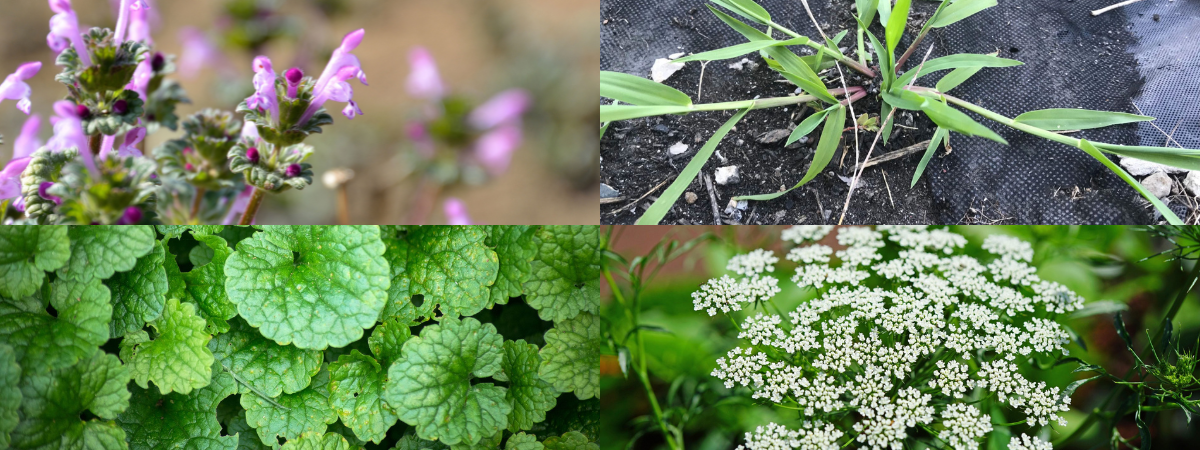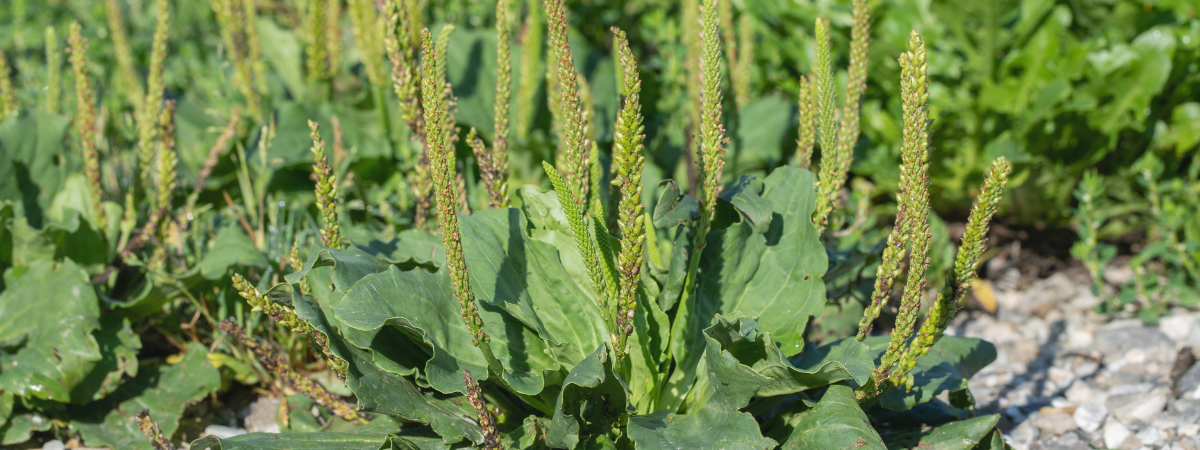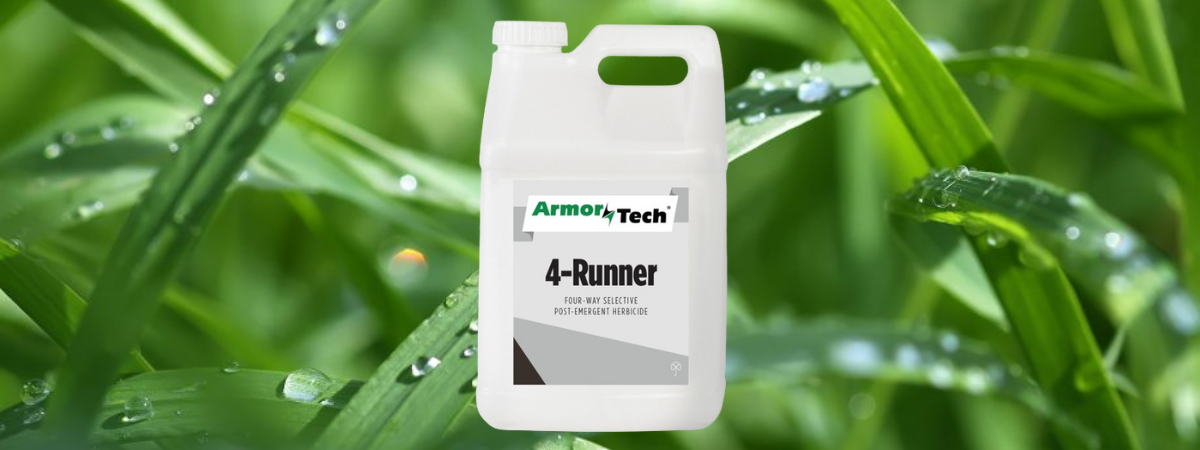Weeds come and go, with some appearing during specific seasons and some appearing for set periods of time. Understanding how weeds are classified is important to lawn care operators as they develop treatment plans to protect their customers’ lawns.
Winter Annual Weeds
Winter annual weeds complete their life cycle within a single growing season—from germination to seed production—during the colder months of the year. These weeds germinate in the fall, overwinter as seedlings, and then bloom in early spring. They will then drop their seeds, beginning the cycle again. Some of the most common winter annuals include chickweed, henbit, and annual bluegrass (Poa annua). Winter annuals can quickly take over lawns and landscapes if they aren’t managed properly, since they are adept at withstanding frost and taking advantage of the early spring season. It’s important to note that a weed that may be considered a winter annual on cool-season turf may grow as a perennial on warm-season turf, since warmer conditions enable them to survive longer. Applying a pre-emergent like Gallery SC, which contains isoxaben, will help control weeds without affecting germinating grass seeds. Products like ArmorTech Trione can be applied post-emergence and will help LCOs effectively gain control of these weeds without affecting seeding.
Control Tips
- Apply pre-emergent herbicides in late summer or early fall, when soil temperatures average around 70°F at two inches for several days.
- Hand-pull individual weeds.
- Maintain a thick, healthy lawn and/or landscape beds to help outcompete these weeds.
Summer Annual Weeds
Summer annual weeds thrive in warmer temperatures and complete their life cycle within a single growing season, typically from spring to fall. They germinate in the spring, flower near summer’s end, and then drop their seeds before dying as temperatures decrease. Crabgrass, goosegrass, and purslane are common summer annual weeds. Their ability to grow and spread rapidly throughout the summer can make them a persistent problem for lawn care operators. They can quickly overtake cool-season grasses, often successfully outcompeting them for light, space, nutrients, and water. While pre-emergent control will be the easiest option for LCOs, post-emergent products like ArmorTech Threesome will control summer annuals quickly and effectively. For LCOs combating crabgrass and goosegrass, Acclaim Extra is an excellent option and can be used on most cool-season grasses and zoysiagrass.
Control Tips
- Use pre-emergent herbicides like Crew in early spring.
- Remove weeds by hand (if there are not too many) to prevent seed production.
- Mulch landscape beds to suppress weed growth.
Perennial Weeds
Perennial weeds persist for multiple growing seasons, regenerating from the same root system year after year. Ground ivy, clover, and thistle are a few of the toughest-to-tackle perennial weed species. These weeds can be particularly challenging to control, since they often pop back up for years on end. Much like winter annuals, the best time to tackle perennial broadleaf weeds is in the fall. These weeds will become dormant in the winter, at which point herbicide applications will no longer be effective. Applying a pre-emergent herbicide in the fall, however, will prevent weeds from overwintering and target them at the root. A good broad-spectrum option is Snapshot 2.5 TG, which controls over 120 different broadleaf and grassy weeds. As winter draws closer, perennial weeds will begin storing resources in their roots, allowing systemic herbicides to attack the roots easily and kill the plants. Crossroad Herbicide and Cool Power are excellent broad-spectrum products that provide post-emergent control of weeds, including tough-to-kill perennials like broadleaf plantain.
Control Tips
- Dig out entire root systems to prevent regrowth.
- Apply systemic herbicides that travel to the root.
- Follow proper agronomic practices to reduce pressure.
Biennial Weeds
Biennial weeds have a distinctive life cycle that spans two years, with vegetative growth occurring in the first year followed by flowering and seed production in the second year. Wild carrot (also known as Queen Anne’s lace), garlic mustard, and burdock are notable examples of biennial weeds. Biennial weeds can establish themselves and produce a significant number of seeds if not managed in their first year. Making a pre-emergent application with a product like Snapshot 2.5 TG in the fall or early spring can control of these weeds before they become an issue. Post-emergent control can be established with products like ArmorTech 4-Runner, a liquid product that contains four active ingredients for maximum control.
Control Tips
- Remove weeds during their first year of growth.
- Apply herbicides in the rosette stage (first year).
- Consistent monitoring and removal to prevent seed production.
For more on pre-emergent applications and product suggestions, check out our pre-emergent blog post. For additional tips and product recommendations for weed control—no matter the kind—reach out to your ATS rep.












